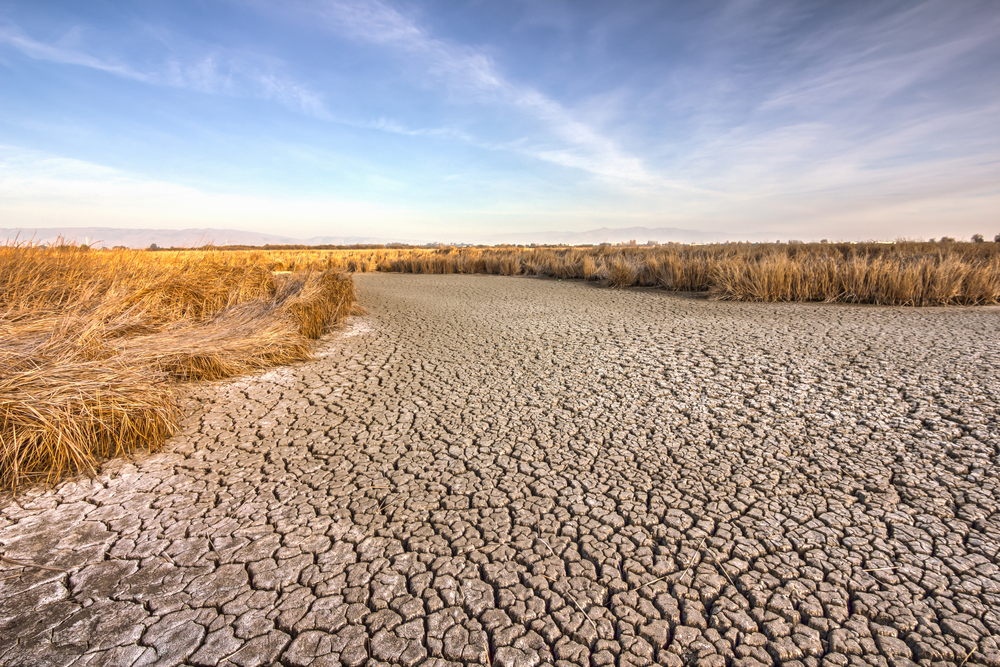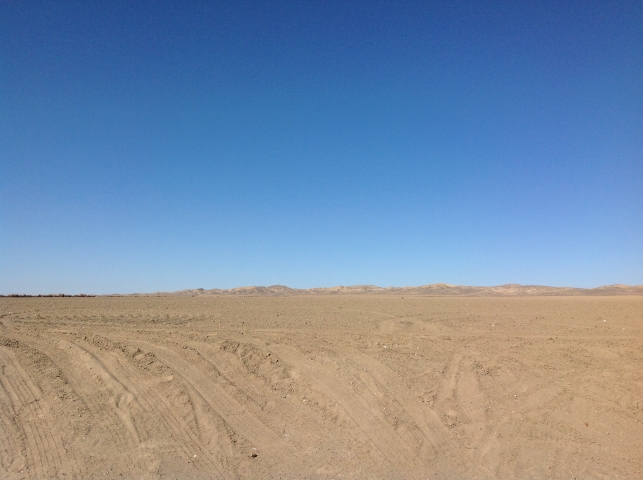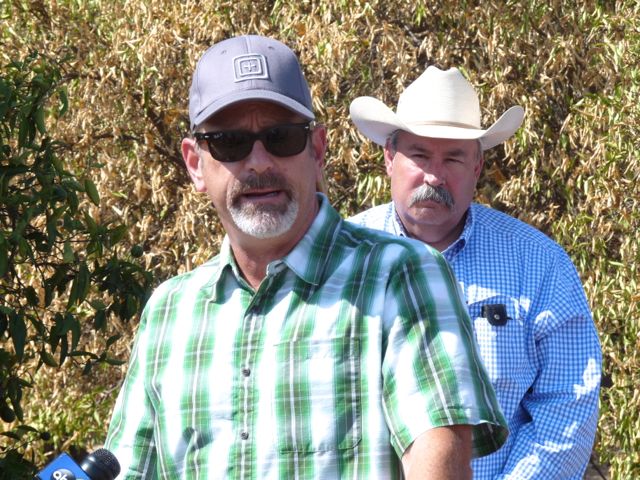Westlands Water District Corrects LA Times Errors with Full Page Ad
LA Times Wrongly Attacks Westlands and Refuses OP ED Correction
The Los Angeles Times recently published an intensely critical article about Westlands Water District, which recited many of the false, misleading, or outdated claims made by some of our critics over the years. The Times’ editors refused to print an Op-Ed that the District offered in response. And so the District has taken out a full-page advertisement in the Times TODAY to provide readers with a better understanding of the issues facing Westlands and how we are addressing them. A copy of the advertisement is attached.
I wanted to let you know immediately about this action.
Tom Birmingham
General Manager of Westlands Water District
Westlands’ LA Times Ad
A Little Straight Talk About Agriculture,Saving Water and Drainage
Statement from Don Peracchi, President of Westlands Water District
As the largest public irrigation district in the United States, Westlands Water District draws a lot of attention as well as the criticism that sometimes comes with its successes. This year, one of its most persistent critics, George Miller, is retiring after 40 years in Congress, and to mark the occasion, the Times’ recently unpacked a trunkload of his oft-repeated complaints and concerns about the District.
Some parts of this catalog identify serious issues that were long ago resolved. Others involve legitimate problems which we are still trying to address. And, like many things involving California water, a few are pure, political invention.
The article’s fundamental charge is that Westlands is simply “in the wrong place.” One might make the same complaint about dredging natural marshes in California’s Delta to grow crops in the middle of a saline estuary. Or attack the folly of installing vast farms on the desert lands of the Coachella and Imperial valleys. Or stranger still, decry building a great city on the arid plain where Los Angeles now stands. The point is, these endeavors and dozens more helped to create the prosperity of California by linking our communities together with a modern water system.
The reality is that Westlands is in the ideal place. Indeed, the Central Valley of California occupies the only Mediterranean climate in North America. Weather conditions, rich soils, and the arrival of water in the mid-1960s, have transformed the area into the most productive farming region in America. The communities that have grown there as a result, the thousands of businesses and tens of thousands of people whose livelihoods depend upon agricultural productivity, are not “in the wrong place.” They are at home.
The most persistent criticism of Westlands’ role in this transformation has to do with the influence of “corporate agriculture.” That may remain a concern for some parts of California, but not in Westlands or any of the other farming region served by the federal Central Valley Project. When Westlands was created in 1952, major industrial interests, including Standard Oil of California and Southern Pacific Railroad, did indeed own large tracts of land within its water service area.
But that ended in 1982 with the passage of Congressman Miller’s Reclamation Reform Act. That act redefined the qualifications for receiving water from a federal reclamation project; as a result, large corporate entities sold out, the large tracts were broken up, and today in Westlands there are nearly 2,250 landowners and the average farm size is 710 acres. “Corporate agriculture” has lost its meaning. Any corporate structure for today’s family farmers in Westlands is likely to have a mom as its vice president and her child as its treasurer.
Water use remains a constant concern for our farmers. That’s why farmers in Westlands have invested more than $1 billion in water saving techniques and technology. Indeed, even Westlands’ harshest critics have acknowledged that the men and women who today farm in Westlands are among the most efficient users of irrigation water in the world. Westlands is a leader in water conservation, and agricultural experts from all over the world come to the District to learn how its farmers are able to accomplish so much with the limited, and often uncertain, water supplies they have to work with.
Our interest in water use efficiency has become even more important in the 22 years since Congressman Miller’s Central Valley Project Improvement Act, and a host of new regulatory restrictions redirected more than a third of the water that cities and farms used to receive from the federal project, dedicating it instead to serve a wide range of new environmental purposes. Today, on an annual basis, the federal project manages more than 1.5 million acre-feet of water for fishery flow, waterfowl habitat, to protect listed species, and other environmental uses.
In hopes of restoring reliability to the water system as a whole, Westlands is working with the Metropolitan Water District of Southern California and other public water agencies throughout the state to support Governor Brown‘s Bay Delta Conservation Plan.
Drainage was a major issue on the westside of the San Joaquin Valley for decades before Westlands’ creation. That is why when Congress authorized the construction of the San Luis Unit of the Central Valley Project, it mandated that the Bureau of Reclamation provide Westlands with both a water supply and a drainage system. Initially federal officials planned to dispose of the drain water in the Delta. But Congress stopped that project when the drain being built by Reclamation reached Kesterson, and it was Washington as well that decided to designate this new terminus for agricultural waste as a wildlife refuge.
The resulting biological catastrophe should have been predictable. In the years since, the drainage system in Westlands has been plugged, and not a drop of drain water has left Westlands after 1986. Instead, Westlands has helped to fund the development of new methods for recycling drain water. And it has taken nearly 100,000 acres of the most vulnerable farmland out of production. Some of those lands are being converted to solar power development, with the support of numerous environmental organizations.
The drainage problem, however, persists. Federal courts, including the Ninth Circuit Court of Appeals, have repeatedly ordered that federal officials fulfill their obligation to provide drainage. But even though Westlands farmers pay every year for drainage service, the government has done nothing to resolve the problem in Westlands. And the government is facing a mandatory injunction, which it estimates will cost more than $2.7 billion to satisfy.
To avoid that cost, the government approached Westlands to assume the responsibility to manage drainage water within its boundaries. In addition, Westlands would compensate those landowners who have been damaged by the government’s failure to act. As part of a settlement, which is not yet final, Westlands would receive some financial consideration, albeit significantly less than the cost of performing the obligations that Westlands would assume. But there is nothing secret about either the negotiations or the proposed settlement. In fact, federal officials and Westlands have briefed interested Members of Congress and non-governmental organizations on the proposal. And there is no process that is more public than the process that federal officials and Westlands will have to pursue to obtain the congressional authorization needed to implement the proposed settlement.
We remain hopeful that these ideas can still form the basis for a long-term resolution of the drainage debate. This would put an end to more than fifty years of litigation, relieve the federal taxpayers of a substantial obligation, and enable us to move forward with an environmentally sustainable approach to the problem.
Whether that happy outcome would also put an end to the criticism of Westlands, however, is not for us to say.
Don Peracchi was born in Fresno, California to second generation Northern Italian immigrants. His family has lived and worked in Central California over 100 years. He has been farming since 1982 alongside his wife, two sons and daughter in Westlands. He has been involved in career-related board positions including banking, insurance, agriculture and water. He currently is the Board
President of Westlands Water District.




















